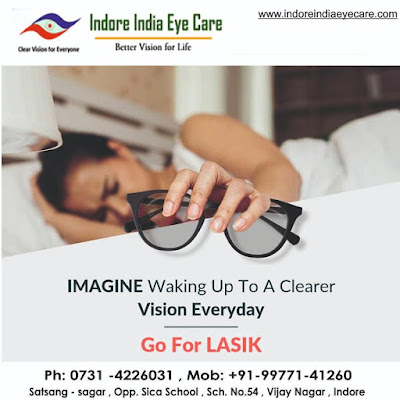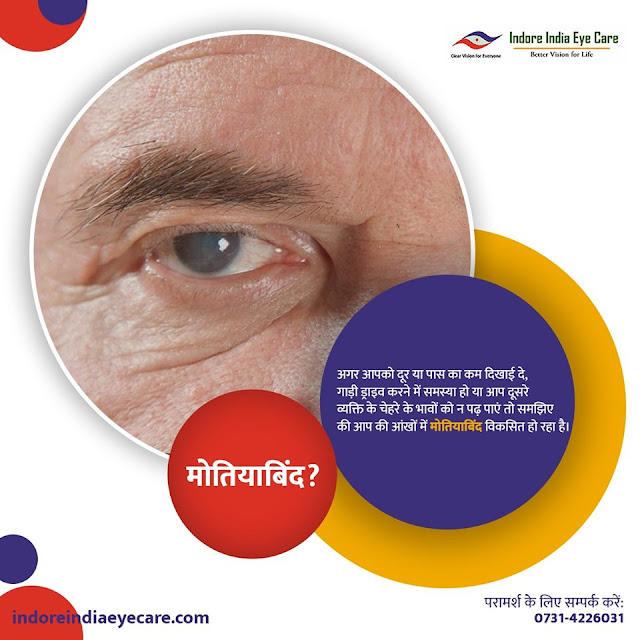What Are Risk Factors for Eye Strain?

Refractive error (for example, nearsightedness [myopia], farsightedness [hyperopia], astigmatism, and/or presbyopia) is a risk factor. Presbyopia is an especially common cause of eye strain. It is the inability to accommodate (focus up close) easily as we get older, due to the gradual stiffening of the eye's natural lens. Typically, people notice it in their early to mid-40s, and it gradually worsens with time. Dry eye is a common risk factor for eye strain. We tend to blink far less frequently when we concentrate on reading (either print material or electronic device screens). The tear film that coats our eyes' surface evaporates between blinks, leaving the eyes with a dry, sandy feeling and fluctuating vision. Wind from air conditioning and heating vents, fans, and open windows can make the symptoms even worse. A large number of chronic conditions are associated with dry eye. Most common among these is meibomian gland dysfunction (MGD), a form of acne of the eyelid marg



